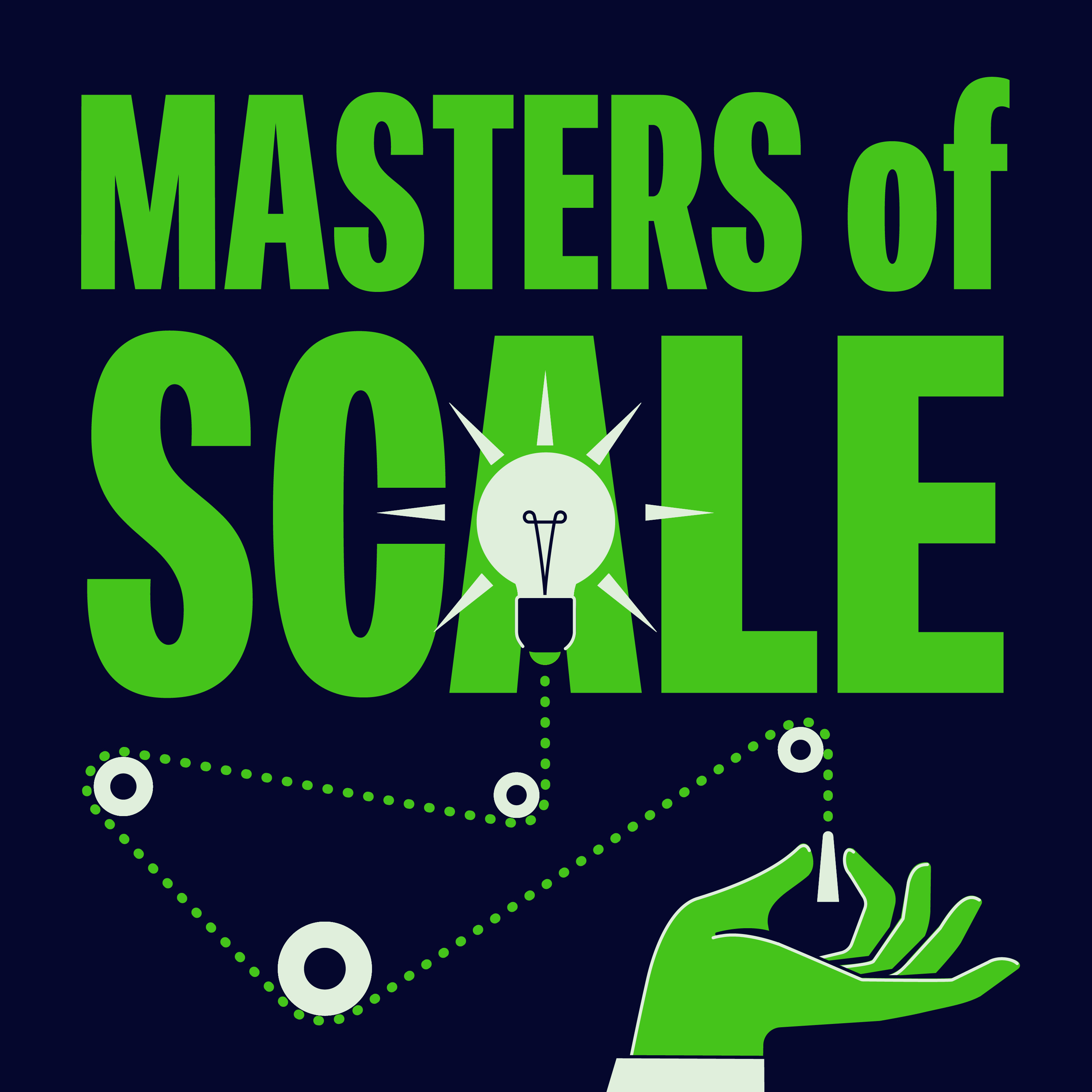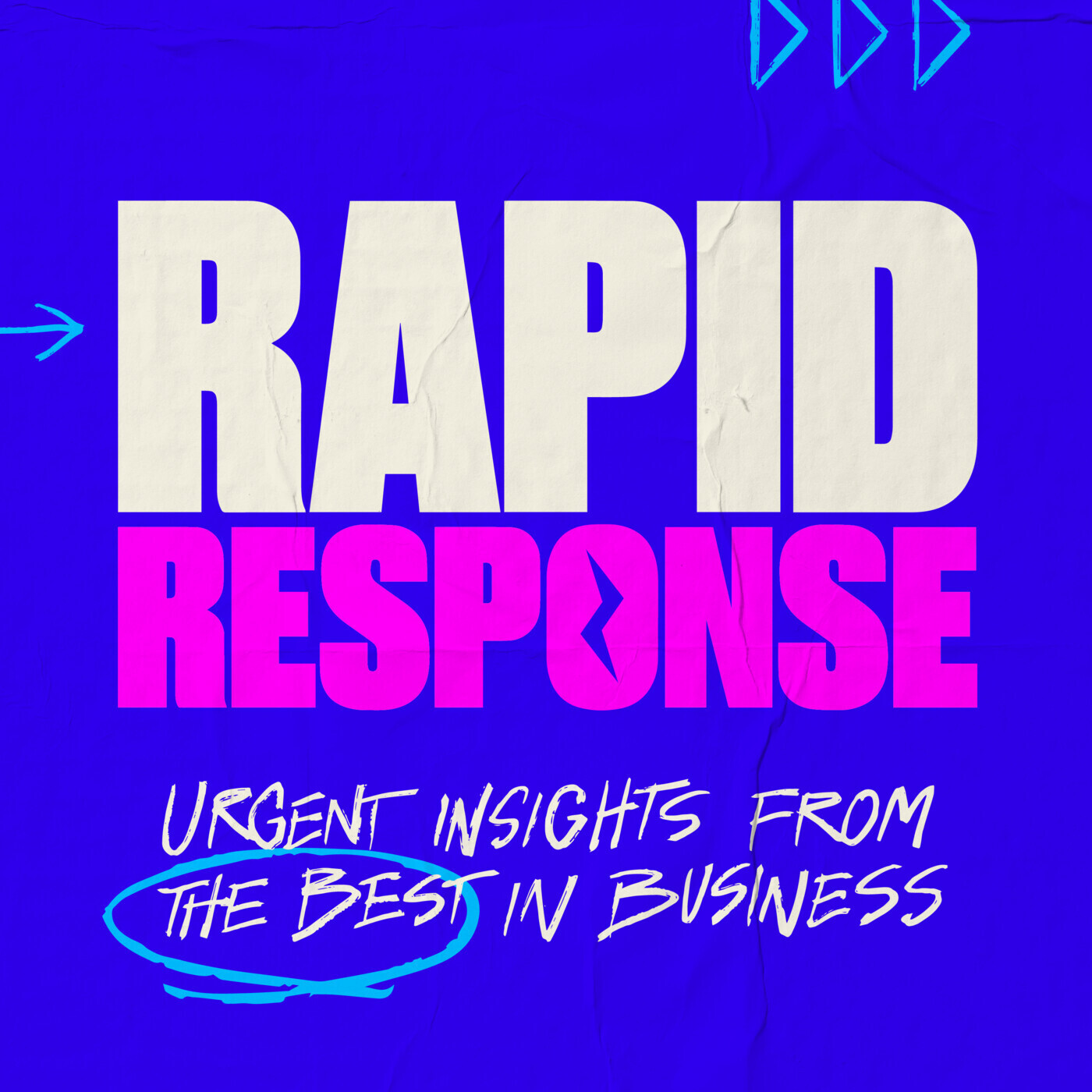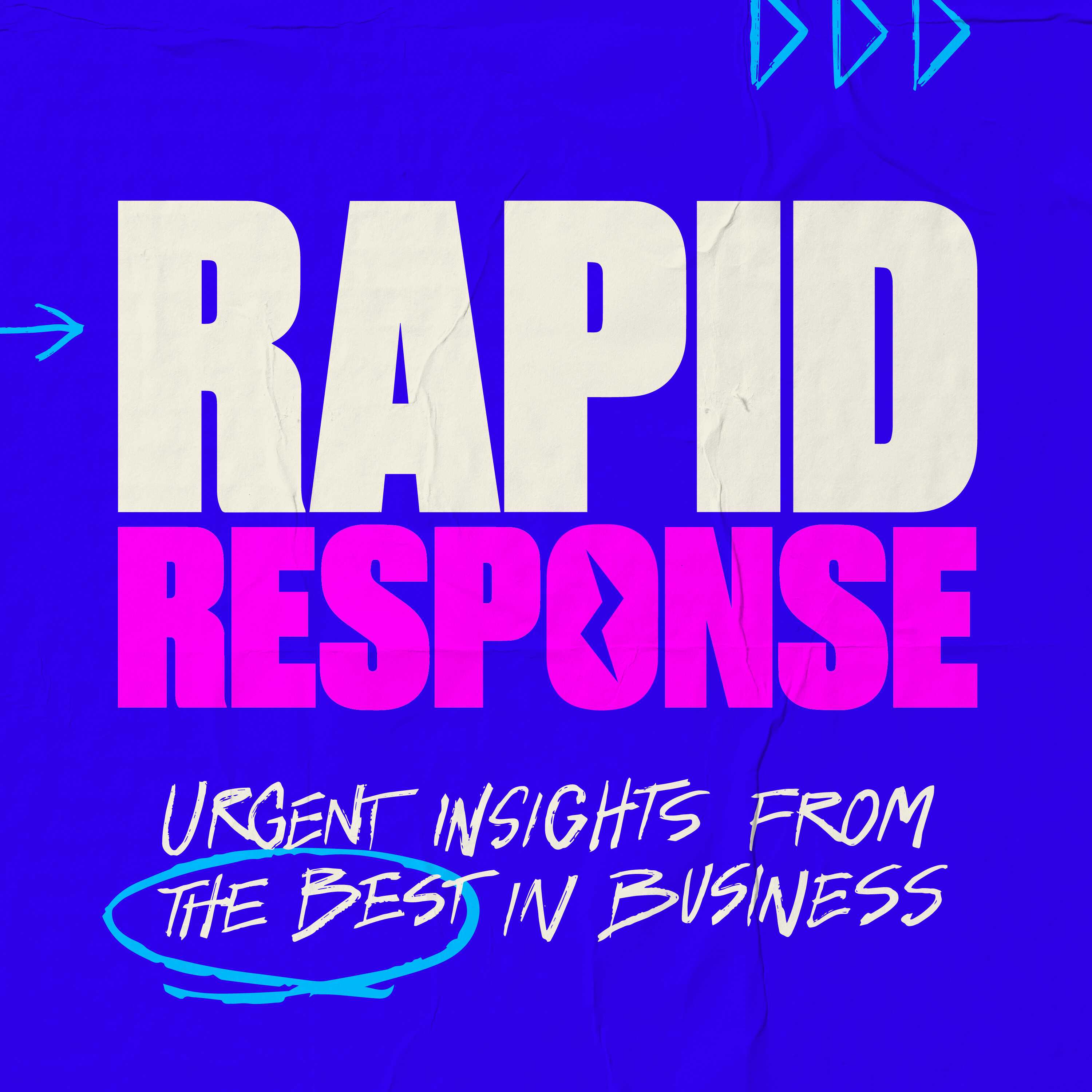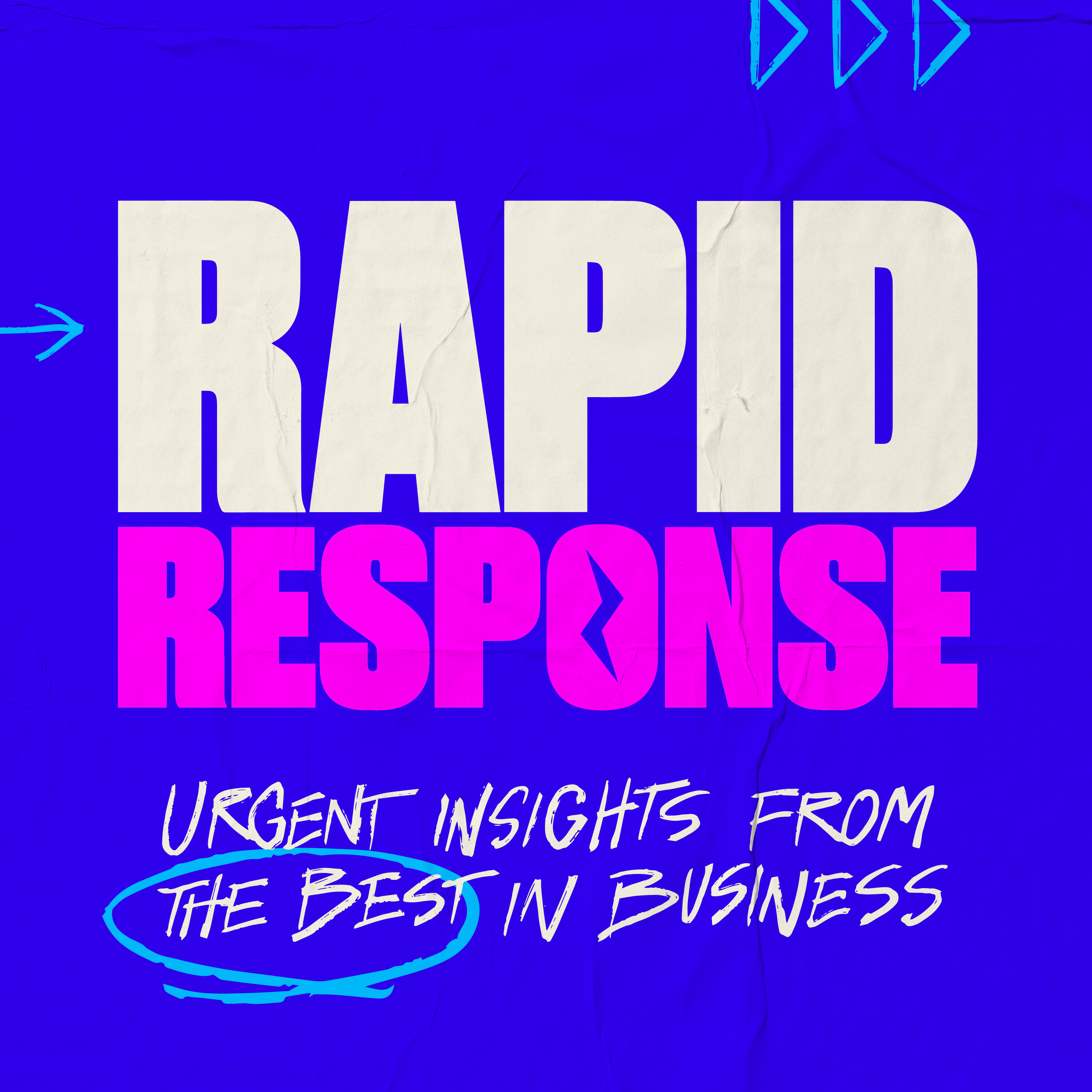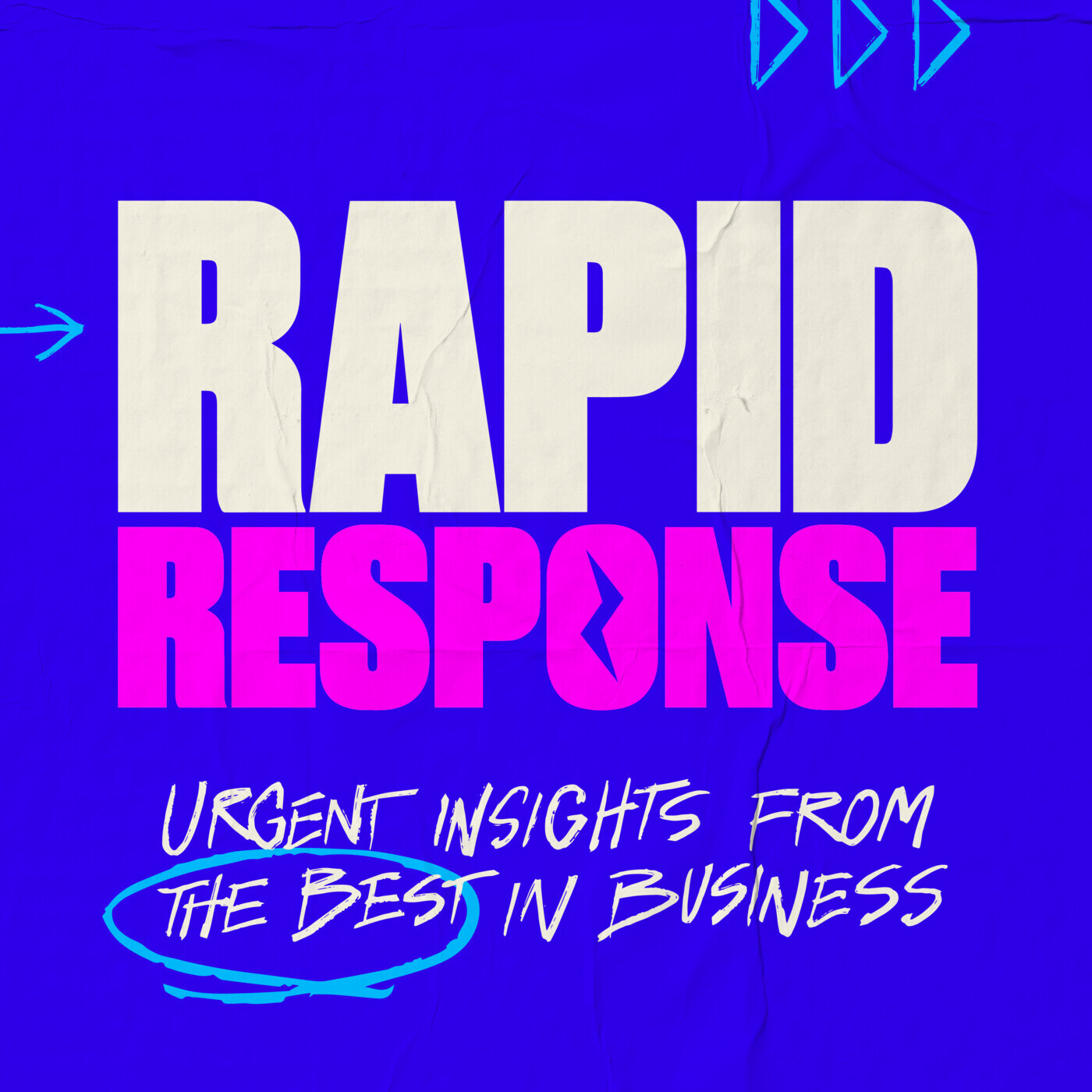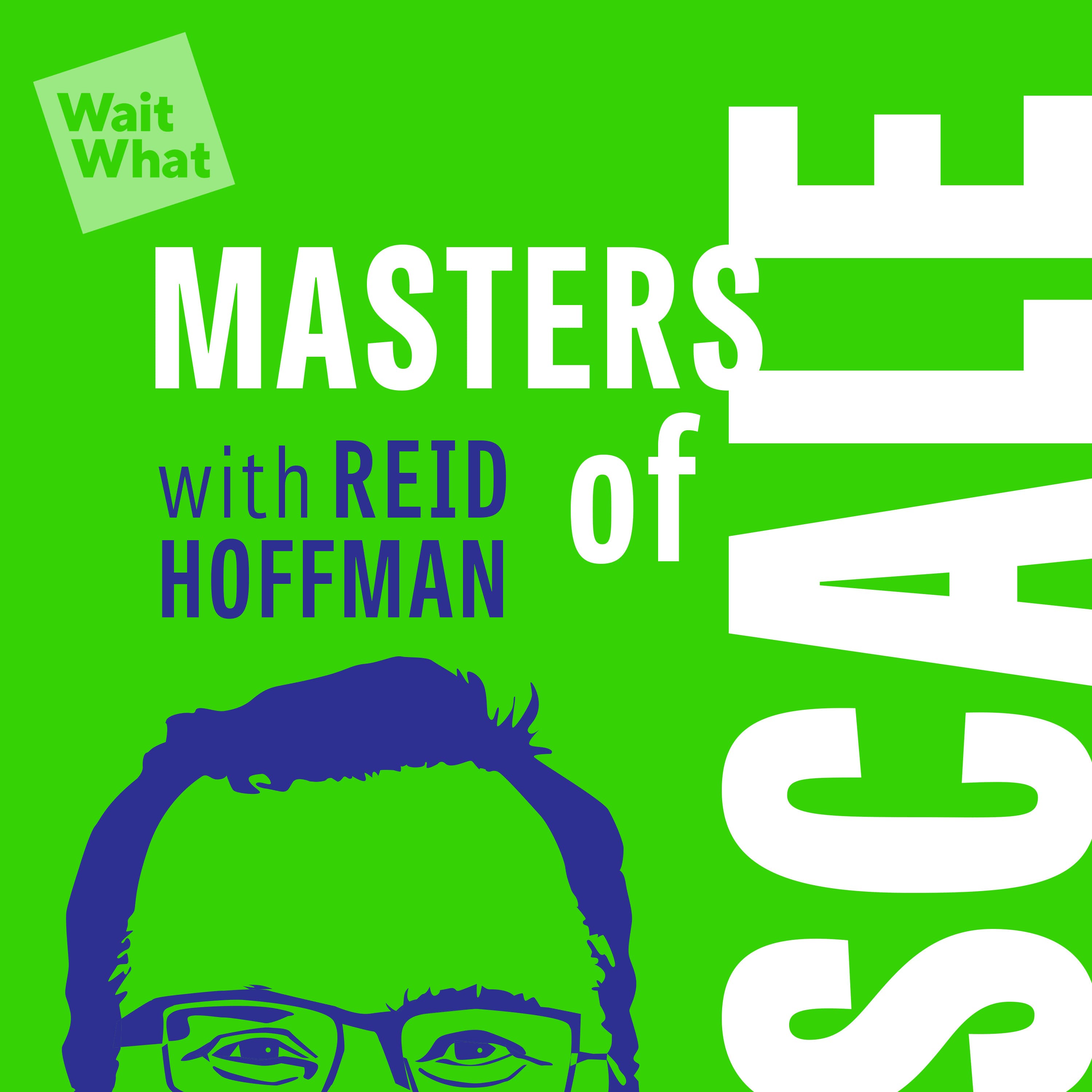
October 10, 2024 • 32min
How Bombas pairs scaling impact and profit
Masters of Scale
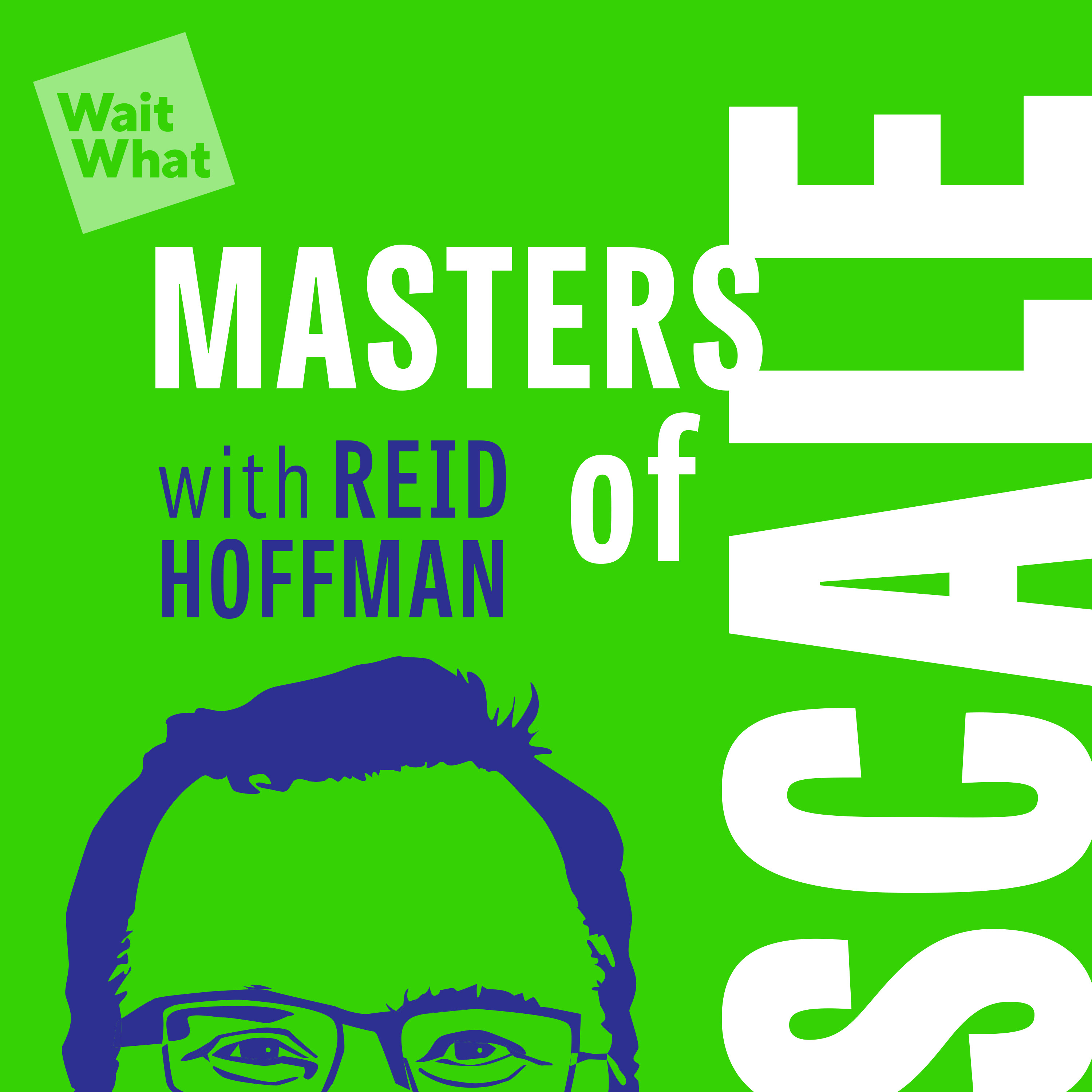
Key Takeaways
- Mission-driven business model: Bombas donates one item for every item sold, which has led to over 140 million donations of socks, underwear and shirts to people in need.
- Product differentiation: Bombas focused on creating high-quality, comfortable socks with athletic performance features for everyday wear, filling a gap in the market between cheap commodity socks and niche athletic socks.
- Crowdfunding validation: An Indiegogo campaign raised $150,000 in 30 days, validating strong consumer interest before full launch.
- Shark Tank boost: Appearing on Shark Tank led to $300,000 in sales the first weekend and $2 million in the following two months, providing a major growth catalyst.
- Donation logistics: Bombas built a nationwide network of 4,000 giving partners to efficiently distribute donated items across all 50 states.
- Core values focus: The company has maintained its mission and values through rapid growth by making them central to hiring and operations.
- Controlled expansion: After an initial misstep with apparel, Bombas took a slow, intentional approach to expanding beyond socks into underwear and footwear.
- Homelessness insights: Through their donation work, the founders have gained perspective on the complexities of homelessness and the importance of compassion.
Introduction
David Heath and Randy Goldberg, co-founders of Bombas, join host Jeff Berman to discuss how they scaled their mission-driven apparel company from a small startup to a major brand that has donated over 140 million items to people in need. They recount key moments in their growth journey, including validating their idea through crowdfunding, appearing on Shark Tank, building a nationwide donation network, and maintaining their core values through rapid expansion.
Topics Discussed
Origins of Bombas (4:06)
David Heath explains how the idea for Bombas originated:
- He saw a Facebook post stating socks were the most requested item at homeless shelters
- This sparked the idea to create a sock company that would donate a pair for every pair sold
- They were inspired by TOMS Shoes' buy-one-give-one model
Randy Goldberg adds:
"We kind of drew the connection to Tom shoes. I mean, at that time, I think in the fifth year of business, doing a couple hundred million of revenue, really pioneered that buy one, give one model."Product Development and Market Positioning (6:31)
The founders describe how they developed their product and identified their market position:
- Realized 85% of sock sales were low-cost commodity brands, 15% were niche athletic performance brands
- Decided to bring athletic performance features to everyday socks
- Tested 137 different tension levels for calf socks to perfect the fit
- Focused on creating the highest quality socks to drive sales and donations
Validating the Concept Through Crowdfunding (11:07)
David Heath explains their crowdfunding approach:
- Launched an Indiegogo campaign with a $15,000 goal
- Raised over $20,000 on the first day
- Ended up raising $150,000 in 30 days
- Provided strong validation of consumer interest in the product and mission
Shark Tank Experience (13:35)
The founders recount their experience appearing on Shark Tank:
- Were initially skeptical of the outreach email, thinking it might be a prank
- Treated preparing for the show "like a full-time job"
- Researched every past episode and prepared for any possible question
- Ended up making a deal with Daymond John
Randy Goldberg on their preparation:
"We treated it like we were going to win Shark Tank like it was a game show and like, the prize was not embarrassing yourself on national TV."Impact of Shark Tank Appearance (16:04)
David Heath describes the massive sales boost from Shark Tank:
- Did $300,000 in sales the first weekend after airing
- Website crashed due to traffic
- Did $2 million in sales in the two months after airing
- Re-airing on Black Friday led to selling out of all inventory
Building a Donation Network (21:19)
Randy Goldberg explains how they developed their donation infrastructure:
- Initially found giving partners through Google searches
- Adapted donated socks based on feedback from homeless shelters
- Added antimicrobial treatment, darker colors, reinforced seams
- Gradually built a network of 4,000 giving partners across all 50 states
- Use same fulfillment system for both customers and donations
Maintaining Culture and Values During Growth (25:05)
The founders discuss how they've maintained their mission and values as the company has scaled:
- Make values central to hiring process - 75% of interview focuses on core values
- All employees participate in monthly volunteer activities
- Survey employees annually on how well company is living up to values
- Adapt practices as needed while staying true to core principles
David Heath on hiring for values:
"Every person who's interviewed is given a core value to test the person against. And so it becomes this filter of people."Expanding Beyond Socks (27:09)
The founders recount their journey expanding product lines:
- Initially tried expanding too quickly into apparel like sweatpants
- Pulled back to focus solely on socks until reaching $275 million in sock revenue
- Then slowly expanded into underwear and footwear
- Kept new categories small initially (2% of business) to perfect products
- Socks still 80% of business, with footwear now 15%
Insights on Homelessness (31:00)
Randy Goldberg shares perspectives gained through their donation work:
- 90% of homelessness is transitional, lasting less than a year
- Importance of compassion and human connection
- Homelessness intersects with mental health, healthcare, wages, housing issues
- Small acts of kindness can open doors to trust and further assistance
Randy on the impact of donations:
"If I give somebody a pair of socks, you're like, you're not giving him a home. We hear people say things like that to us all the time, right? Like, how about homes are the most requested thing in homeless shelters? Okay, like, we understand, but you've had tons of conversations with somebody where it's an opportunity to start a connection, an opportunity to establish trust."Conclusion
The Bombas story demonstrates how a mission-driven business model can drive rapid growth and significant social impact when executed thoughtfully. By identifying an underserved market need, validating their concept through crowdfunding, leveraging national exposure on Shark Tank, and staying true to their core values, David Heath and Randy Goldberg scaled Bombas from a small startup to a major brand that has donated over 140 million items to people in need. Their experience offers valuable lessons for entrepreneurs looking to build purpose-driven, scalable businesses that create both financial and social value.
